That day, I saw a point of cotton visible thread through the fabric’s edge. I took that to Grandma, and she said it was a slip stitch.
I didn’t understand it quite well, so I asked what is a slip stitch in hand sewing.
She said-
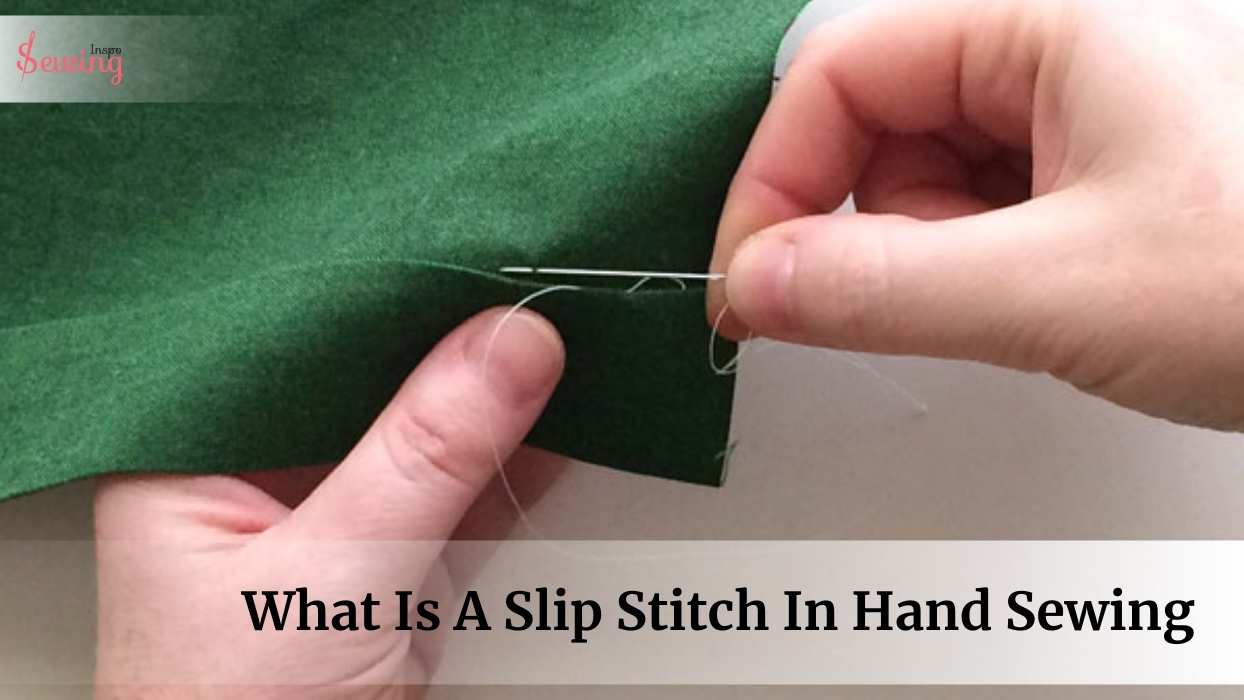
Slip stitch is to join 2 folding edges together while hiding thread.
Sounds easy, right? Ok then, teach you how you can do slip stitching. And the slip stitch definition.
Main Facts:
- Slip stitch is used to join 2 fabrics together.
- Slip stitch is actually inviable on th right side of the fabric.
- There are 4 types of slip stitch.
- Slip stitch originally comes from slip stitch crochet.
Table of Contents
What Is Slip Stitch Hand Sewing?
A slip stitch is a hand-sewing stitch method for joining 2 pieces of fabric together in a way that hides the stitches. That’s the rule of thump. This is one of the temporary stitches among 20 types of stitches.
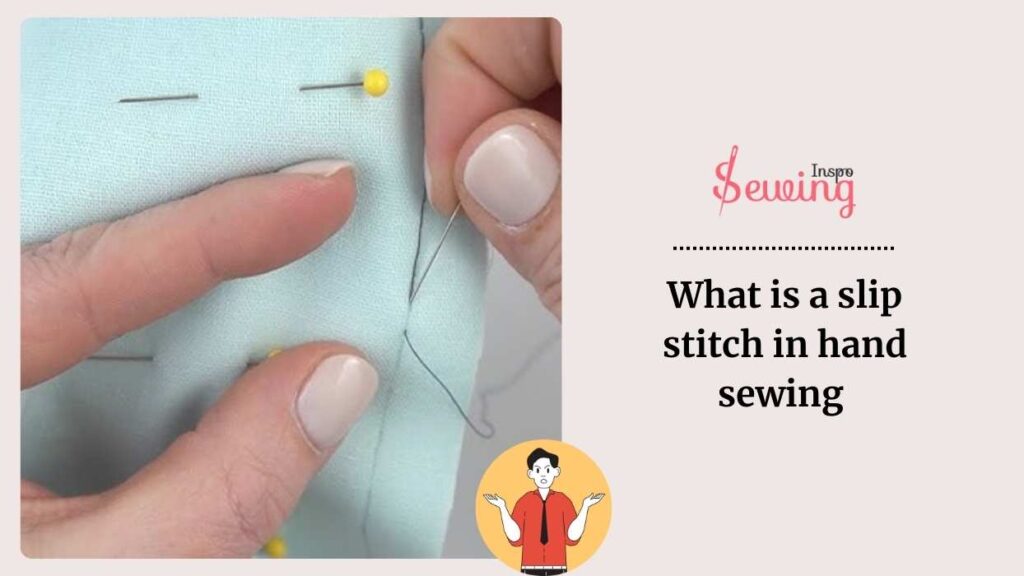
So ok that’s what is a slip stitch in sewing. But What does a slip stitch look like grandma? Is it kinda like sewing pick stitch?
Slip stitch looks like tiny dots of thread.
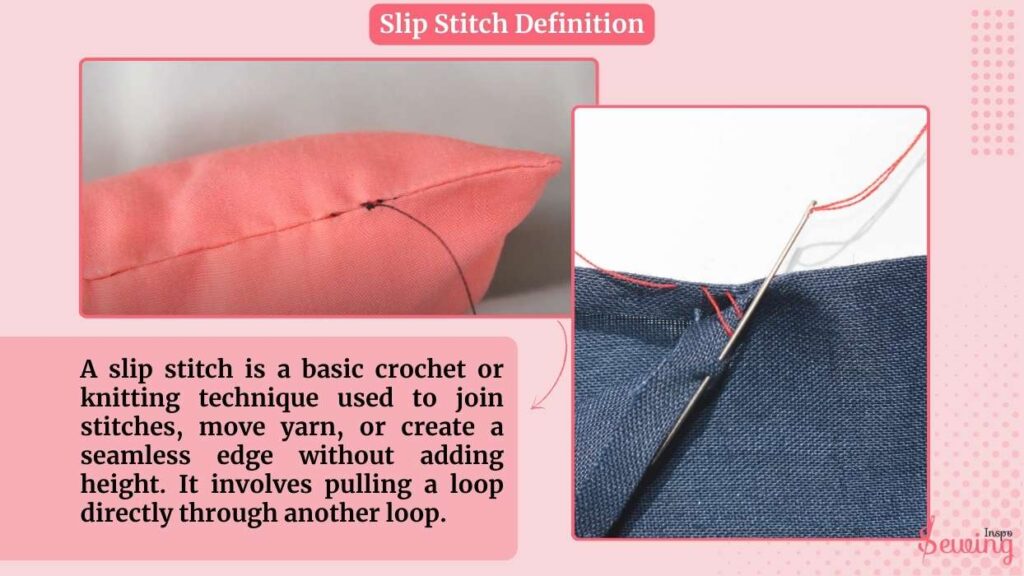
But it may look different from 2 perspectives Such as:
From the Inside (Where It’s Made):
The slip stitch creates a series of tiny, barely noticeable zigzag or ladder-like patterns on the inside of the fabric where the stitching starts.
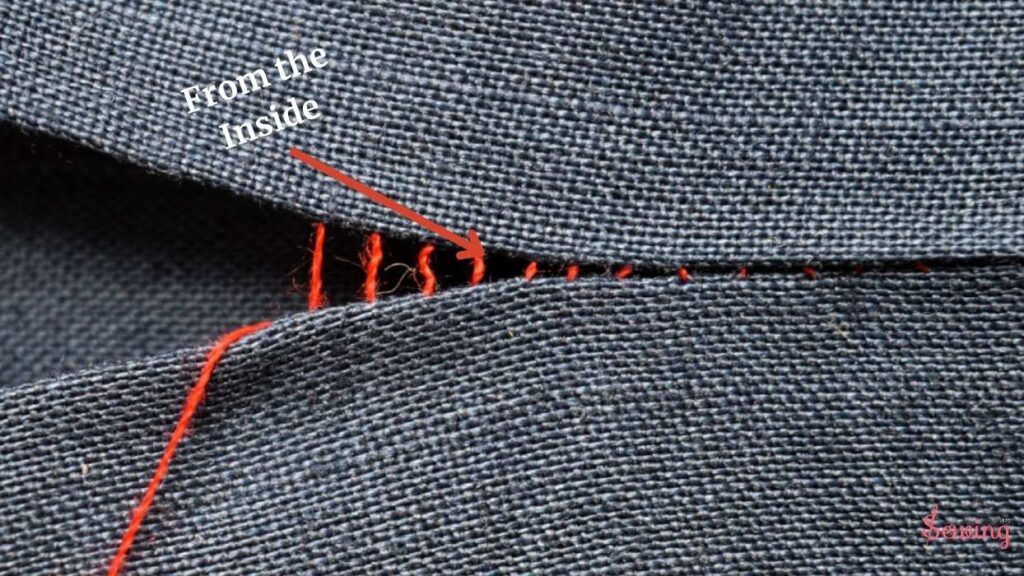
Each stitch repeatedly between the 2 edges is joined, with very small, almost imperceptible amounts of thread showing.
From the Outside:
The slip stitch is practically invisible on the right side of the fabric. Kind of like the saddle stitch. So, you shouldn’t see any double thread on the outside surface; you can just see tiny dots of crossing threads from the right side of the fabric.
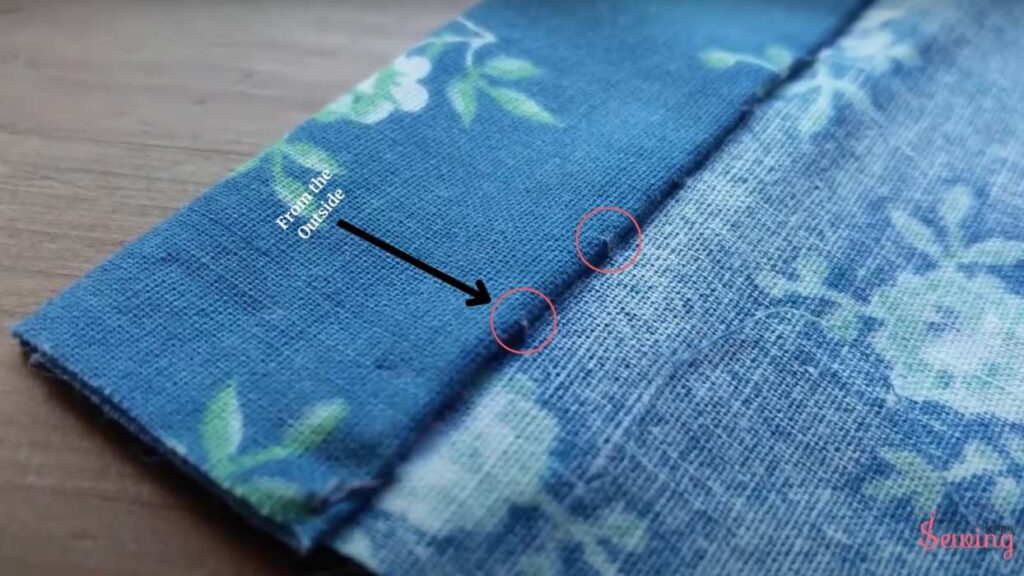
That is why people called it an invisible slip stitch.
What Is Slip Stitch Count?
Well, a slip stitch (often shortened to “sl st”) counts as a stitch, really depending on the pattern you’re following. If you’re working a round of only slip stitches, then yes, it counts as a stitch. But, for example, if you’re crocheting in joined rounds, the slip stitch is used just to connect the rounds and isn’t considered an actual stitch.
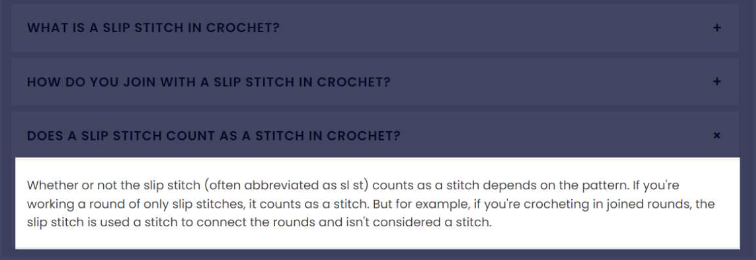
However, no matter what, it’s great for sewing stitch repairing a seam, hemming, or attaching a binding.
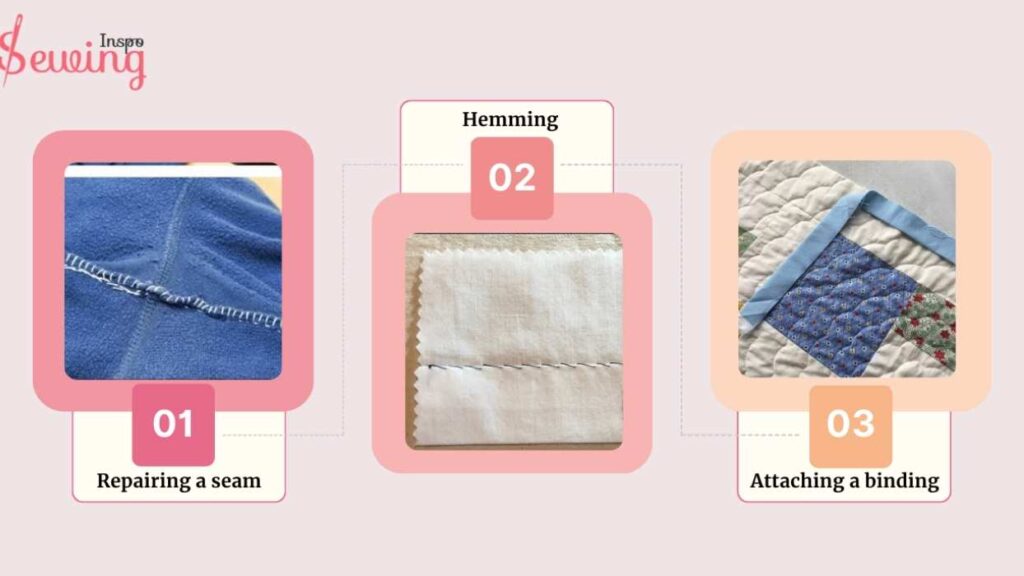
This stitch is meant to be invisible, so it’s really important to use a thread that matches your fabric. Just like you have to do it on pad stitch.
The slip stitch is not only neat and hidden;
It’s also strong and sturdy, giving a garment a permanent finish. It’s perfect for securing hemlines and making sure everything stays in place.
Slip Stitch Vs Ladder Stitch/Ladder stitch vs slip stitch
Newbie stitchers always mix it with ladder stitch. Honestly, at 1st glance, both look the same in the working phrase. But in reality, they both are different. Here is how,
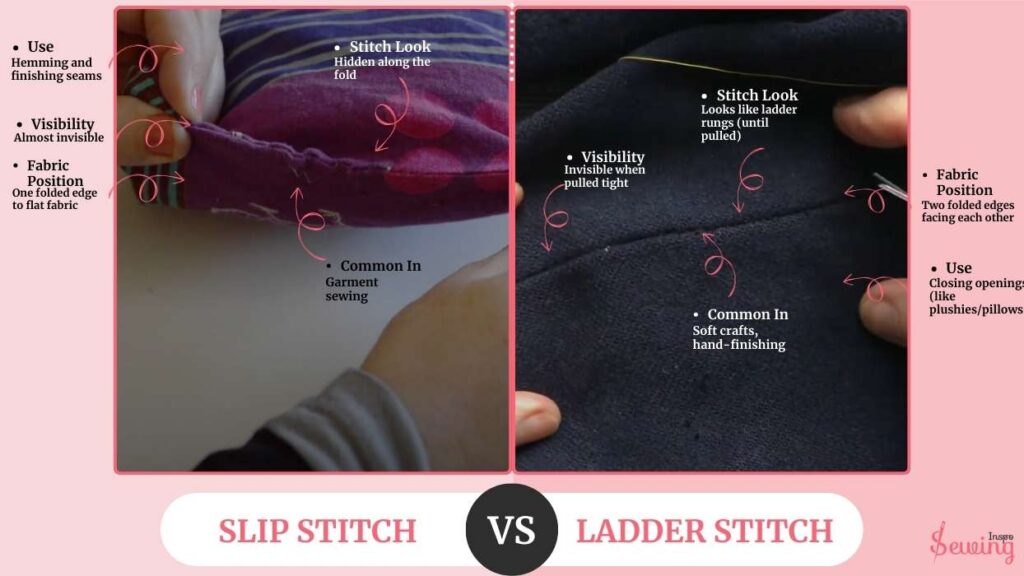
| Feature | Slip Stitch | Ladder Stitch |
| Use | Hemming and finishing seams | Closing openings (like plushies/pillows) |
| Visibility | Almost invisible | Invisible when pulled tight |
| Fabric Position | One folded edge to flat fabric | Two folded edges facing each other |
| Stitch Look | Hidden along the fold | Looks like ladder rungs (until pulled) |
| Common In | Garment sewing | Soft crafts, hand-finishing |
Slip Stitch Picture
Even after knowing slip stitch meaning people got confused about it.
So here is a few pictures of them. Here have a look,
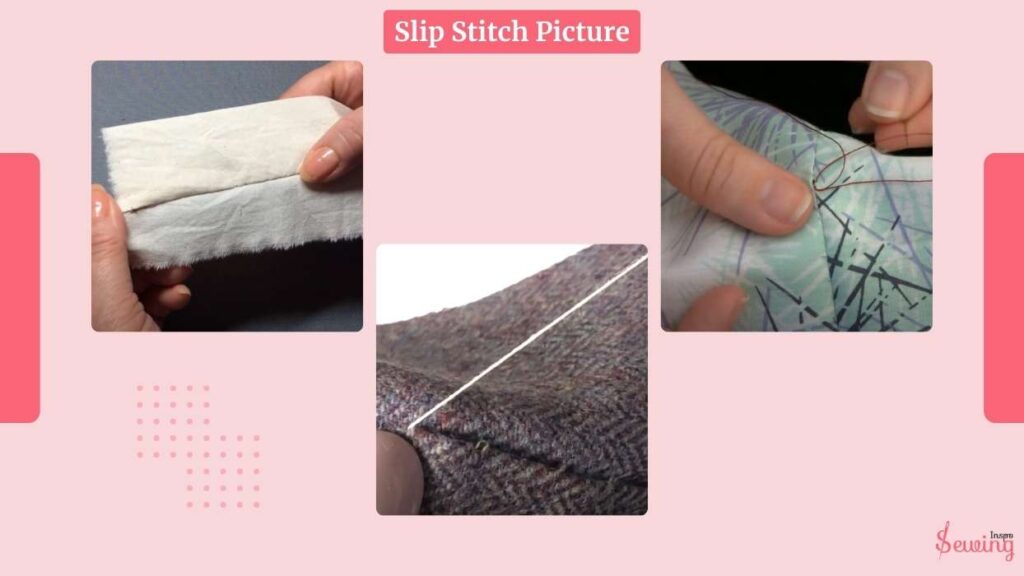
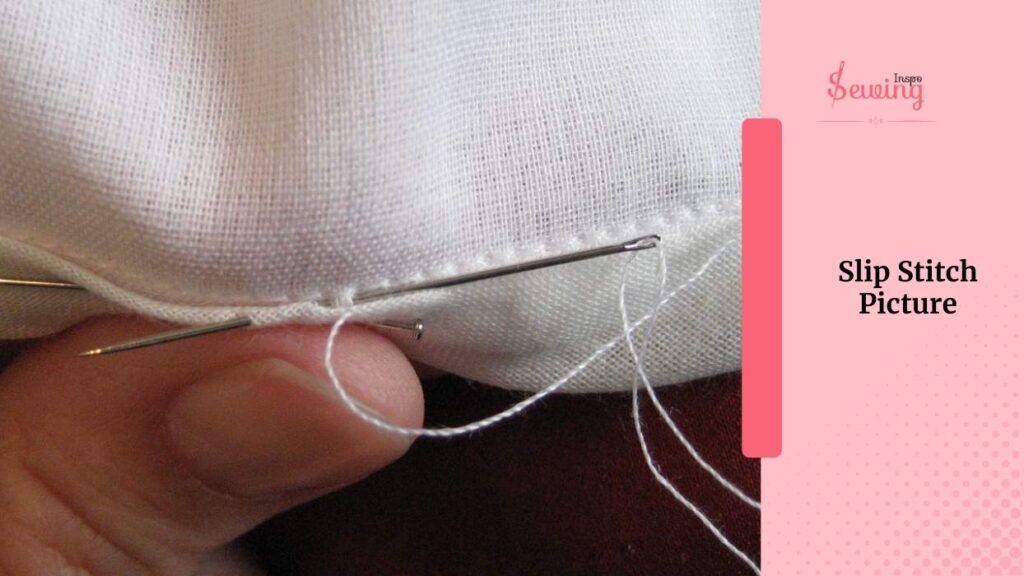
History Of Slip Stitch Hand Sewing
Look there isn’t any specific history about slip stitch. But I was to talk about slip stitch history then I gotta tell you about slip stitch crochet history. It is a long story but I’ll try to tell you in brief.
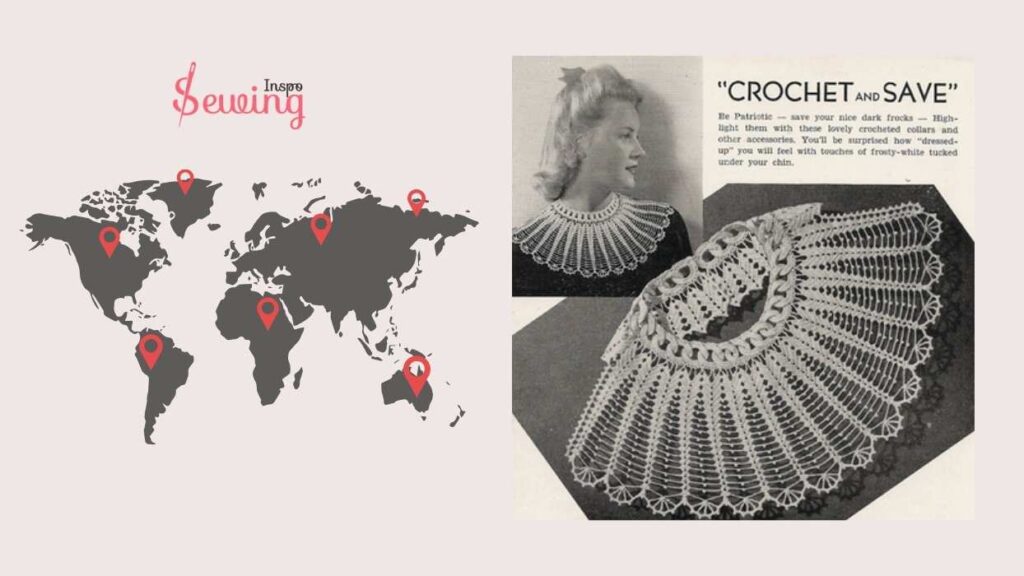
Fast forward to Northern Europe, where slip stitch crochet, a descendant of nalbinding, began to emerge. Known as “shepherd’s knitting” in the British Isles and “joining” in Denmark, this technique involved pulling one thread loop through another to create sturdy garments. Sadly, because these items were so well-used, few old examples remain.

As Lis Paludan’s book Crochet: History & Technique (1995) points out, there are no documented pieces of crochet from before the 1800s. But slip stitch crochet was common in places like Scotland, Sweden, Norway, Iceland, Estonia, Romania, and the Balkans, often made with simple handmade hooks or fingers.
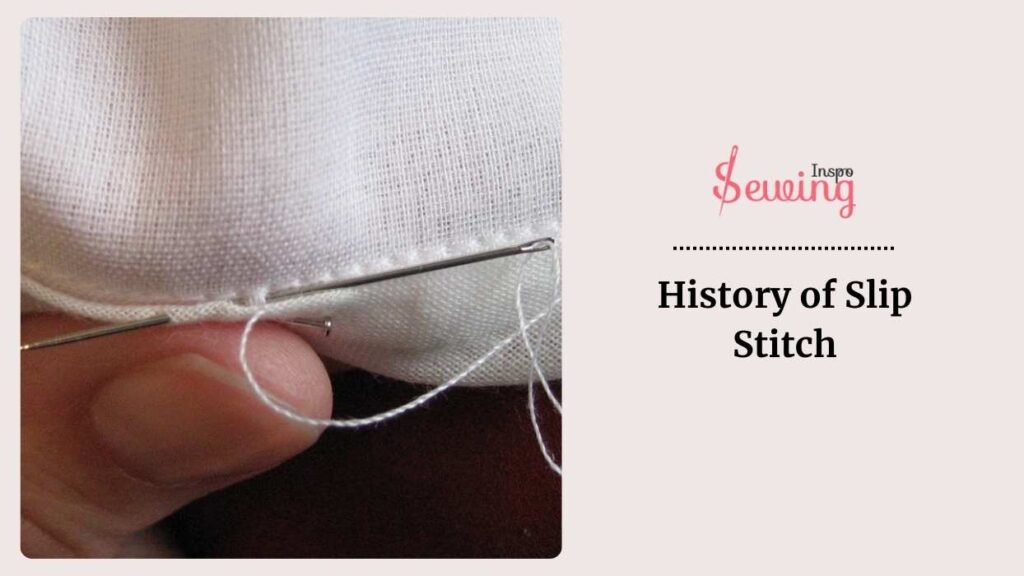
In the 19th century, slip stitch crochet evolved with the textile arts. Early crochet patterns began appearing in publications, and tools like the tambour hook allowed for more intricate designs. By the mid-19th century, crochet had developed beyond the basic slip stitch, influenced by the Victorian era’s love for elaborate patterns.
Today, slip stitch crochet is known for its historical significance and practical uses. It’s a fundamental technique, celebrated for its strength and subtle beauty.
So, that’s how we got today’s slip stitch!

Types Of Slip Stitch Hand Sewing
There are 4 types of slip stitch. Here is examples of slip stitch:
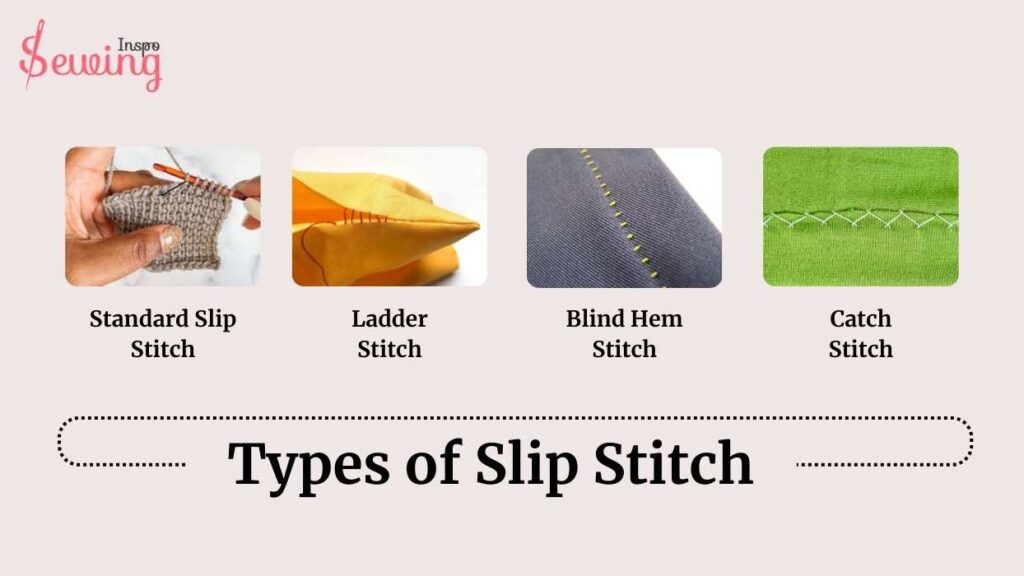
- Standard Slip Stitch: This stitch is used for hemming and closing seams invisibly by alternately stitching small bits of fabric on each side of the seam. That’s the rule of thump, like top stitch by hand.
- Ladder Stitch: An invisible ladder stitch is Ideal for closer stitches in stuffed items or garments, forming a ladder-like pattern that disappears when tightened.
- Blind Hem Stitch: Blind stitch is used for hemming garments discreetly, with small stitches through the hem allowance and just a few threads of the garment fabric.
- Catch Stitch: Catch stitch is great for hemming or securing linings, with stitches crossing over each other in a herringbone pattern for flexibility and security.
Uses Slip Stitch
The slip stitch is a super versatile hand-sewing technique that can be used for all sorts of things.
Slip stitch is used to join fabric edges, hem garments, attach bias binding inside armholes, necklines, or hems, and even enclose seams on collars and waistbands.
It’s perfect for joining seams you don’t want to put through a sewing machine, like closing pillows or plush toys. And for attaching flat ribbons and trim to the top of a garment. It acts like a pick stitch on plush toys.
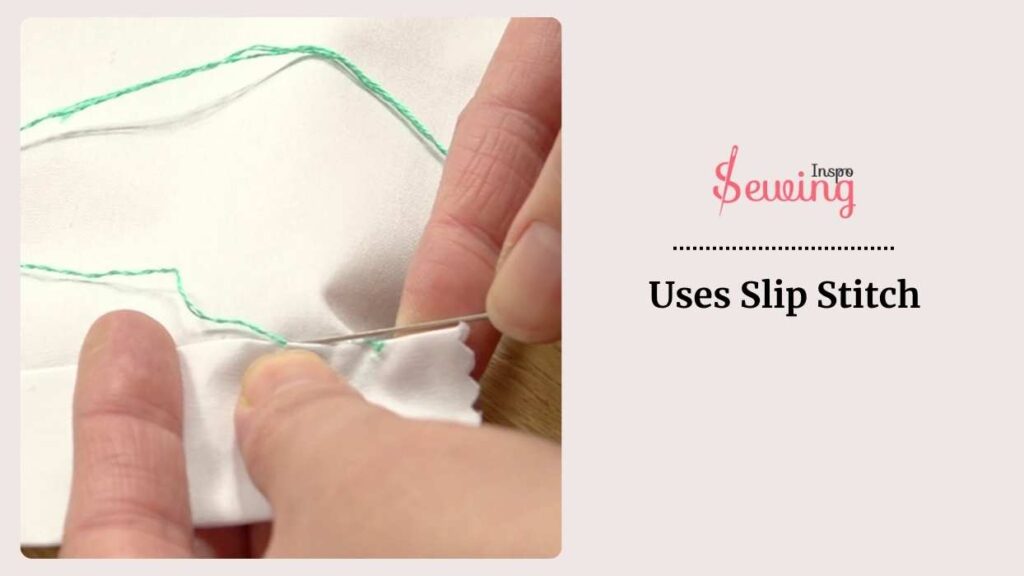
Slip stitches are strong, sturdy, and almost invisible, providing a secure hold from both the inside and outside of a garment. For an even more seamless look, just use thread that matches your fabric.
How To Do A Slip Stitch In Hand Sewing?
To do a slip stitch in hand sewing, select a suitable thread taut, then put it in a sewing needle with matching thread and start from the inside of the fabric threads to hide the knot. This method is similar to the back stitch. Catch a tiny bit of fabric from the opposite side of the seam, then insert the needle directly across from where the thread came out. Gently pull the couple threads through to close the seam.
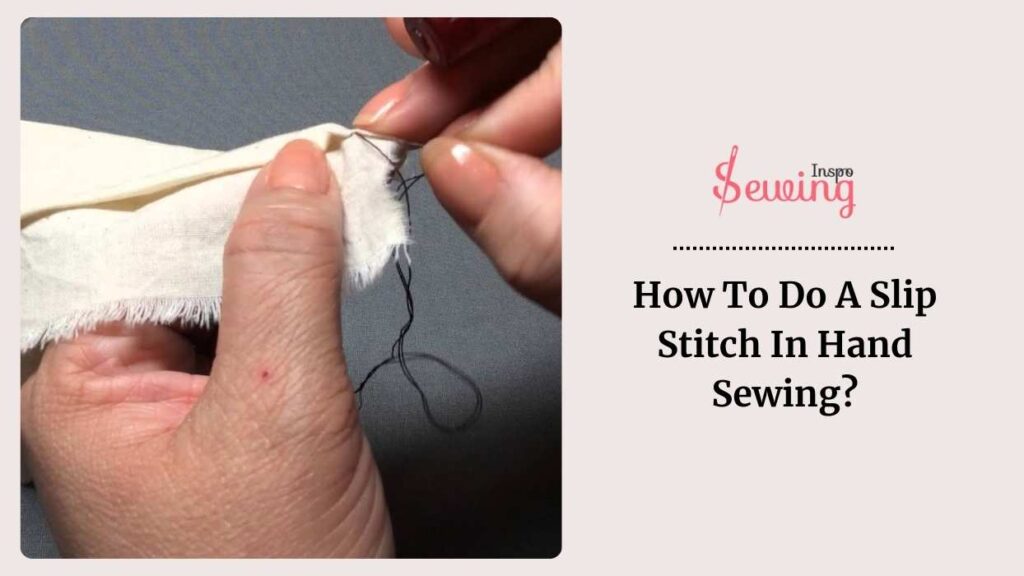
Repeat these small stitches back and forth across the seam. Finish by securing the excess thread with a knot on the inside of the fabric and then cut the loose thread. This creates an almost invisible seam, perfect for hemming or discreetly closing seams.
I know you still have a lot of questions. That’s why I wrote a whole article about the slip stitch method! 😜
Slip Stitch Sewing Video (Now You Will Know The Difference Between Slip Stitch Vs Invisible Stitch )
After learning the slip stitch definition you must be curious about how it may look. So here look at the video and clear out the slip stitch meaning more clearly,
Frequently Asked Questions(FAQ’s)
What Is A Slip Stitch Also Known As?
A slip stitch, also known as a ladder stitch or invisible stitch, is a hand-sewing technique used to create a nearly invisible seam.
What Is Slip Stitch Pattern?
A slip stitch pattern is a knitting technique where certain stitches are not worked directly but are instead passed (or “slipped”) from one needle to the other. This technique creates a unique texture and can add visual interest to knitted fabric.
What Is A Slip Stitch Round?
A slip stitch round is a crochet technique for joining the end of a round to the beginning, creating a seamless, circular shape.
Warp up
Did I clear out what is a slip stitch in hand sewing?
Yes, Grandma, you did! Not only do I know the definition, but I can also do the slip stitch.
Can you do that, too? If yes, then do share some thoughts. If you wanna learn more interesting facts like that then stay tuned with sewing inspo.


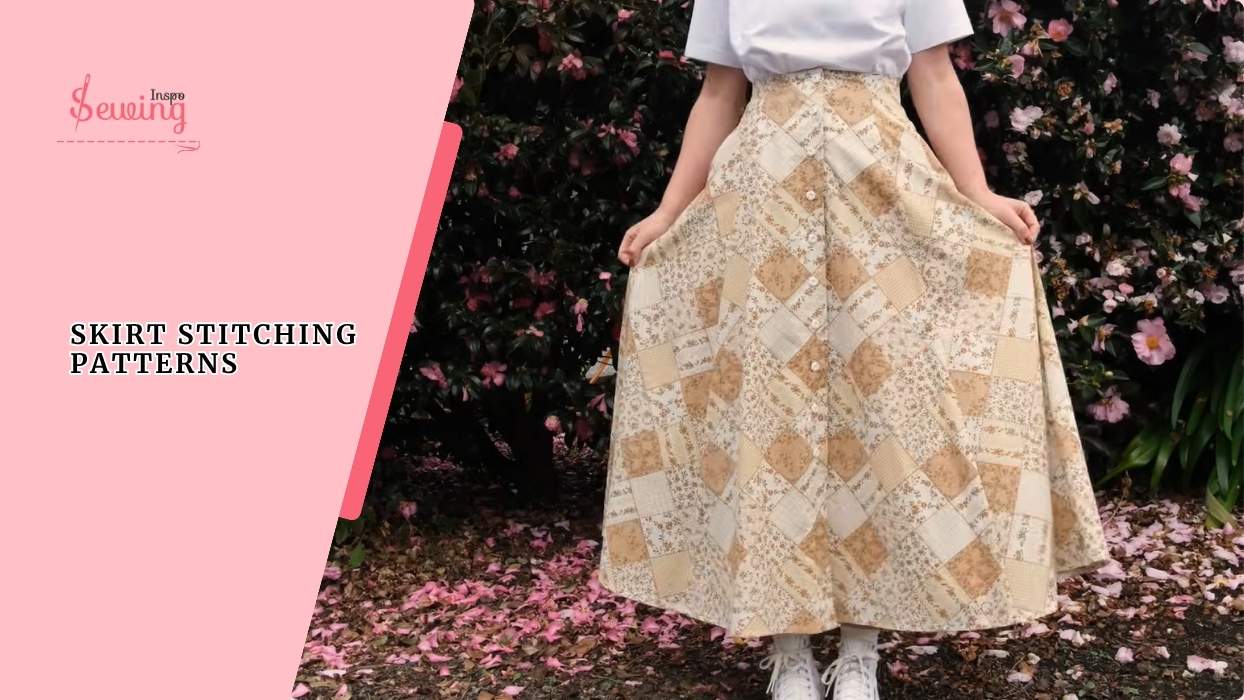
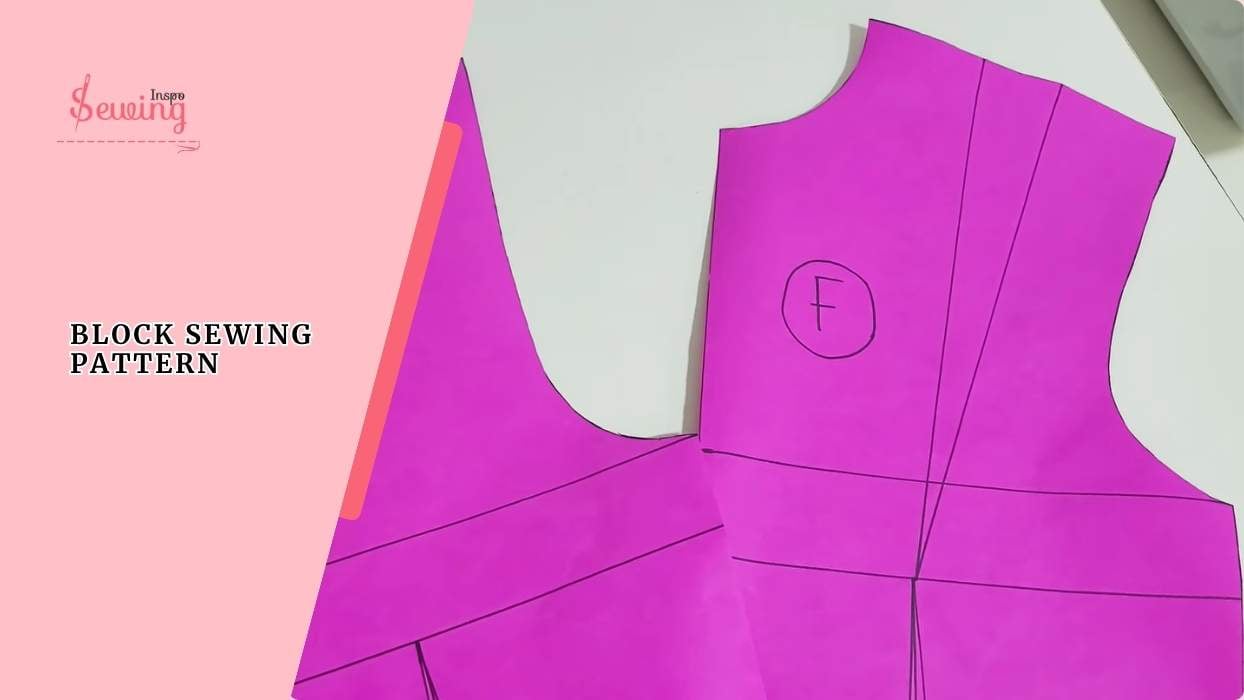
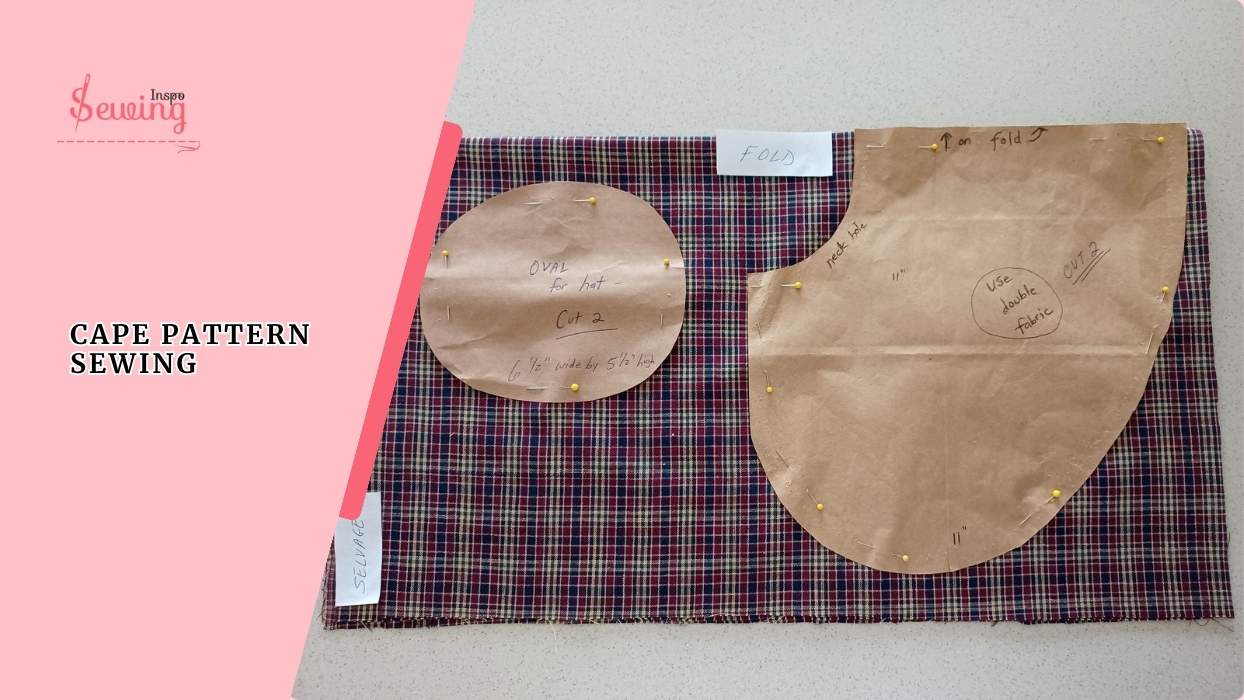
Leave a Reply